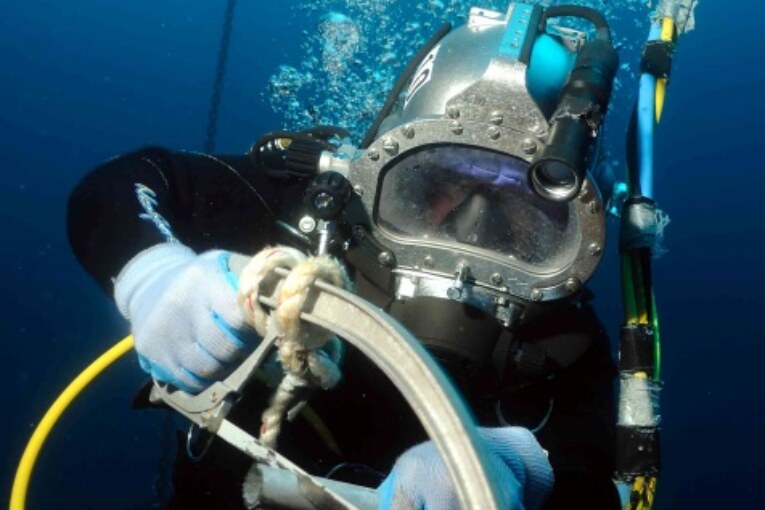
Underwater Construction
- During the construction of bridges, dams or any other structure where the foundation part of the structure is most likely to lie underwater, we have to opt for underwater construction.
- Construction in water poses many difficulties especially in the places where there the depth is considerable.
Activities Include
- Power Generation
- Bridges
- Water Utilities
- Ship Husbandry
- Industrial
- Power and gas transmission
Underwater construction techniques
- Almost any construction technique that can be used above water can also be used underwater.
- There are a number of products and materials that have been formulated or developed specifically for underwater work.
- Wet Construction & Dry Construction
Cassion
- Permanent structure
- Large hollow structure that sunk down through the earth.
- Used in construction of bridge piers, building columns, dams, repair of ships.
- Keeps working environment dry.
Advantages of Caisson
- Economic
- Slight less noise and reduced vibration.
- Easily adaptable to varying site conditions.
- High axial and lateral loading capacity.
Cofferdams
- Temporary structure
- Allows enclosed space to be pumped out, creating dry environment.
- A cofferdam involves the interaction of the structure, soil and water. Loads imposed include the hydrostatic forces of the water as well as the dynamic forces due to currents and waves.
Advantages of cofferdam
- Provides safe environment to work.
- Contractors have design responsibility.
- Steel sheets piles are easily installed and removed.


